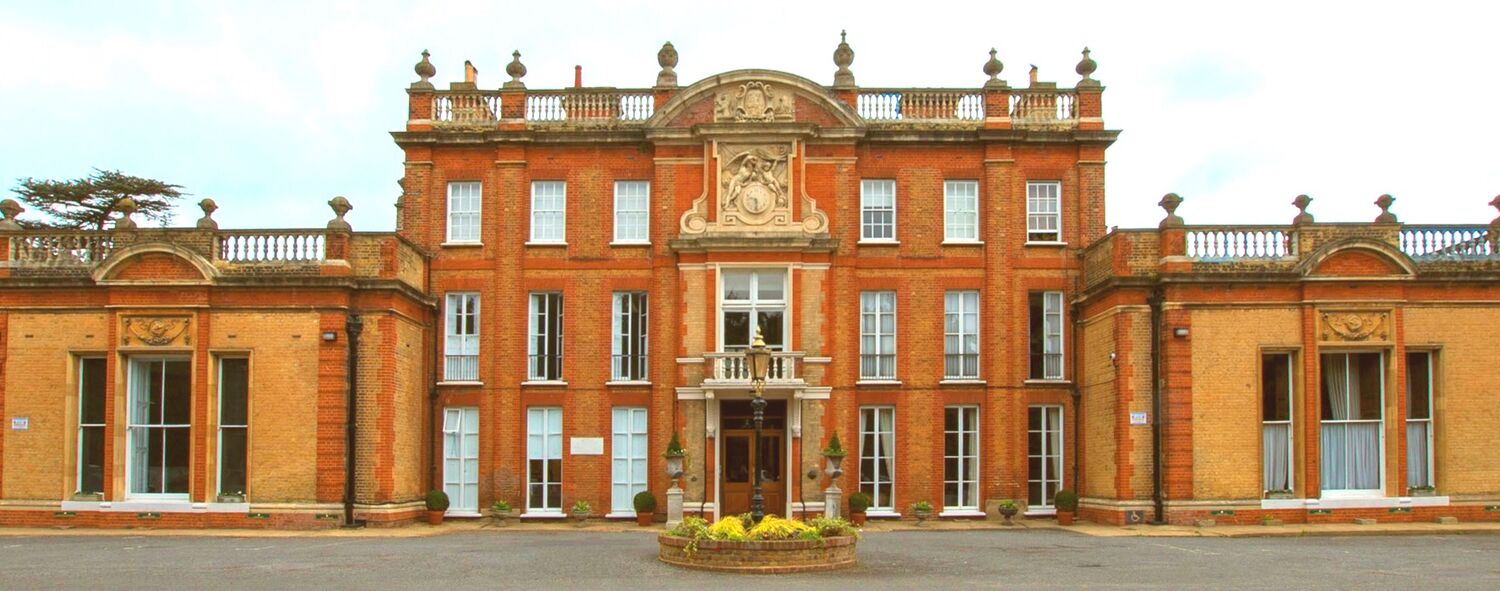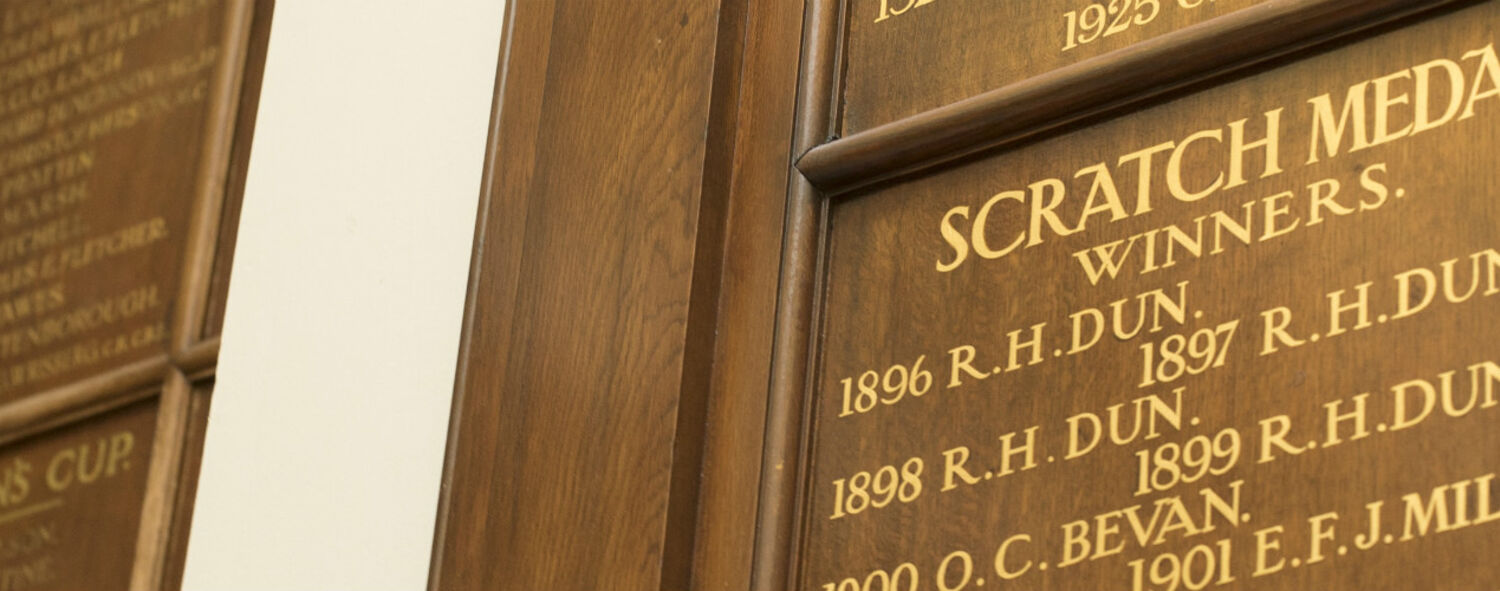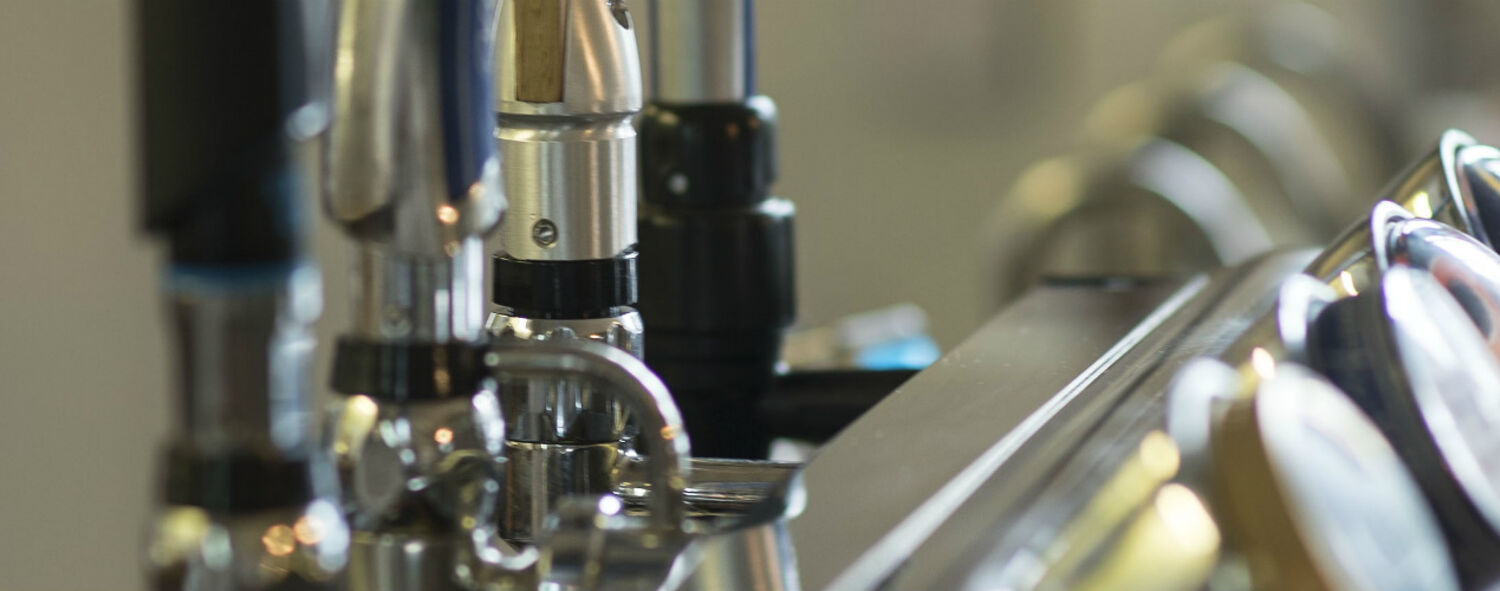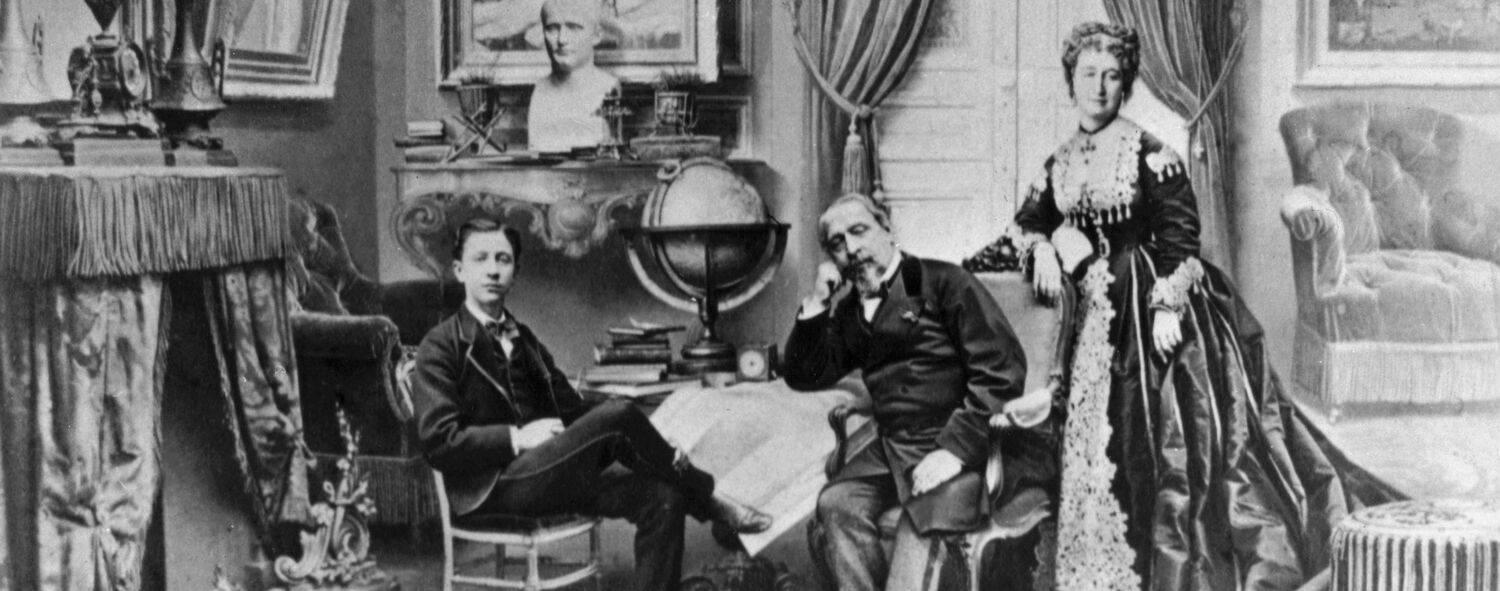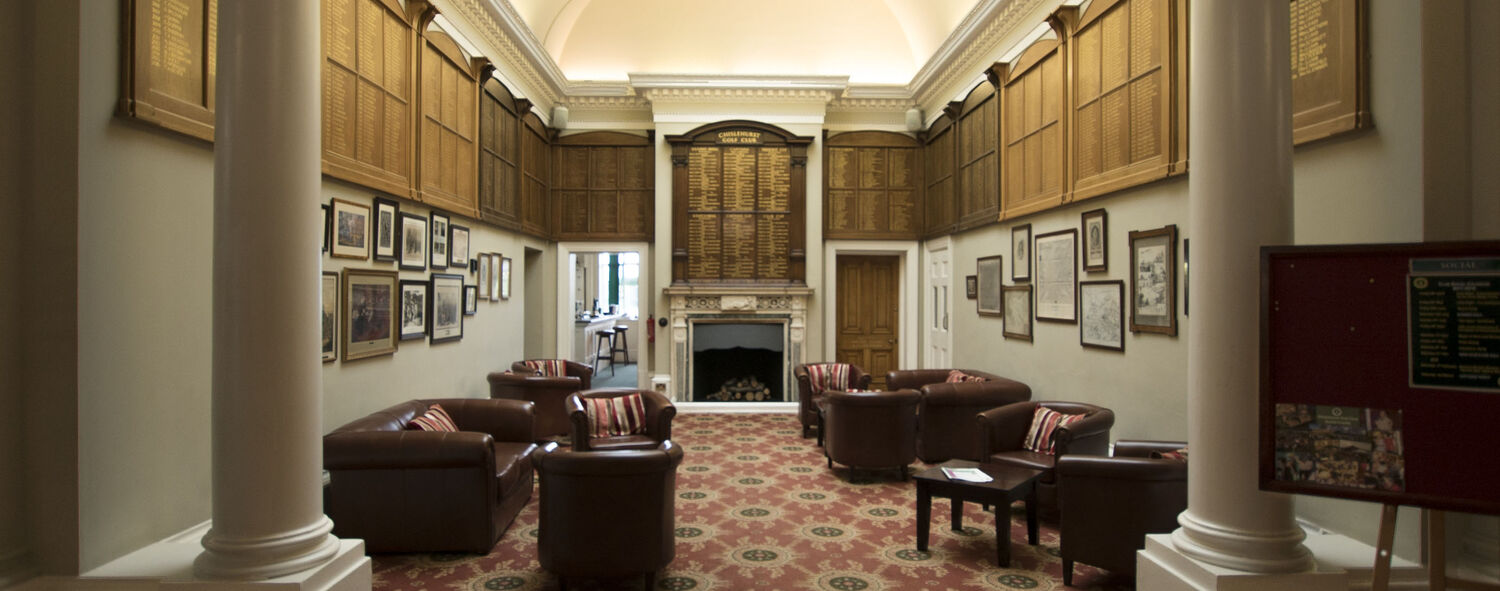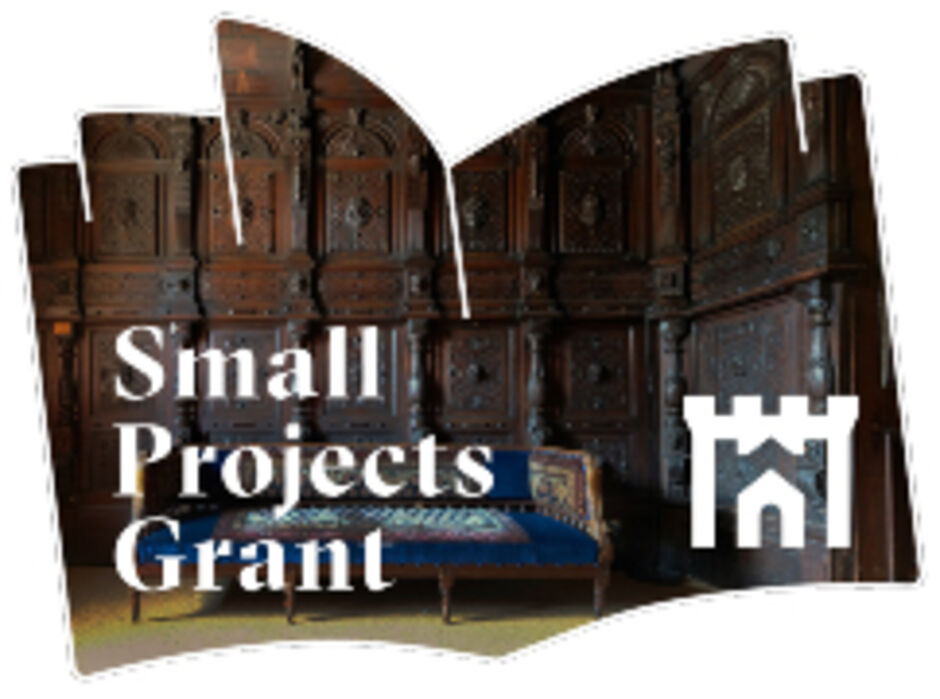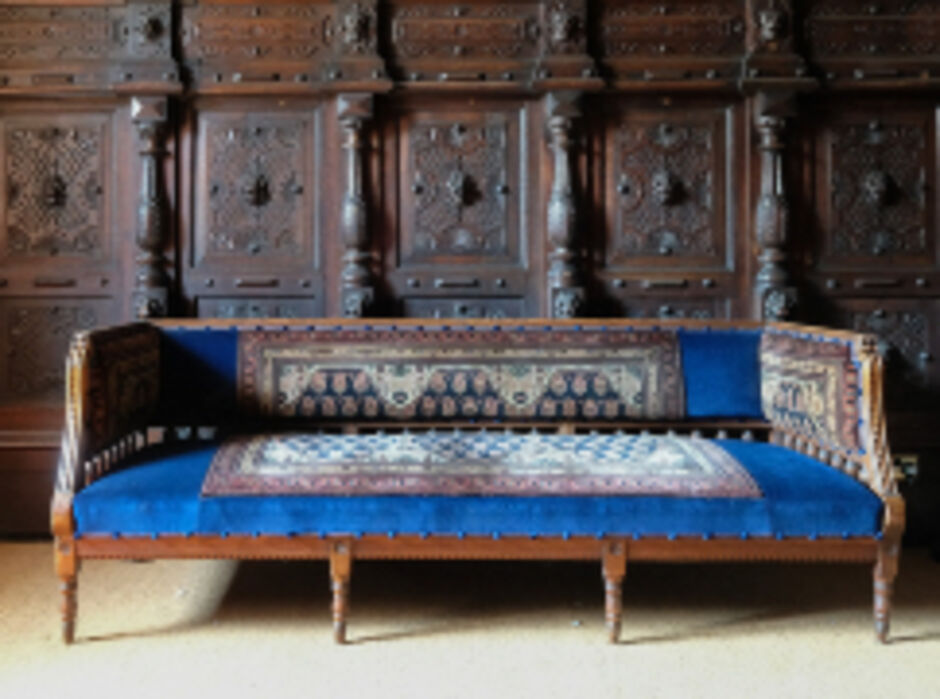
The Camden Place Dining Room
Hidden in plain sight - the Camden Place Dining Room
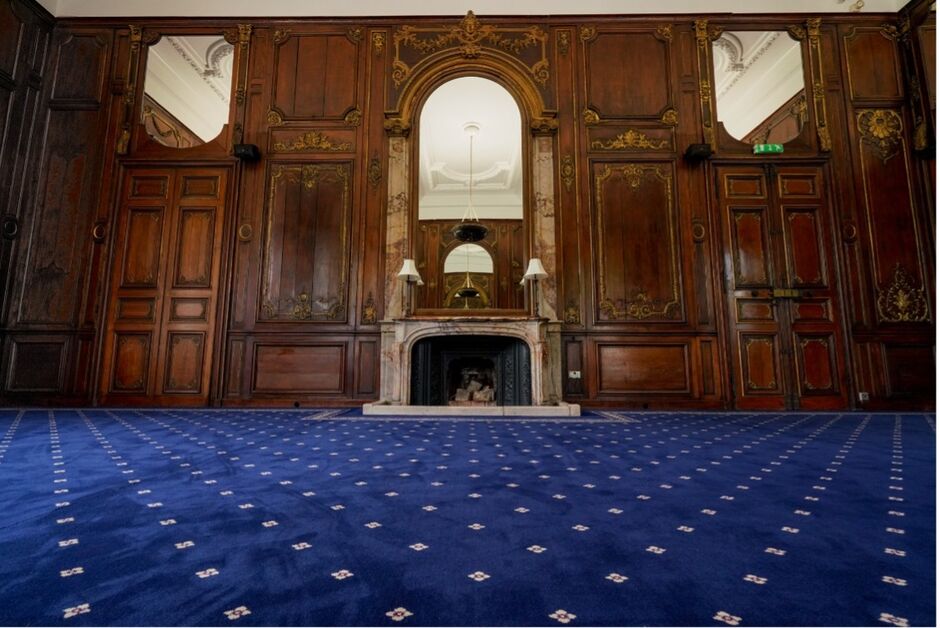
For almost 130 years the dining room at Chislehurst golf club has been the setting for dinners, parties, weddings and a range of events for the Club's members, guests and visitors.
The fabulous wooden panelling has often been remarked on but not fully appreciated.
Most locals know the room was used by the Imperial family in exile. Napoleon lll, Empress Eugenie and the Prince Imperial greeted royalty, politicians, senior clergy and artists at Camden Place.
The dining room was well equipped for entertaining. When the contents of the house were sold at auction by Christies, glass and porcelain were the first to go under the hammer on Wednesday, June 12 1889. The first lot consisted of one cut glass punch bowl, cover and ladle along with six glasses with guilt bans engraved with flowers. The item was purchased for £1 .17 shillings by a Mr Dawson.
Later that first morning, Dawson, also purchased one of many dinner services, a crown Derby dinner and dessert service painted with corn flowers and foliage and partly gilt, consisting of two soup tureens and covers, 18 oval dishes, two ice pails, salad bowl, 66 plates and four other pieces. The price was £1.15.
In total the 48 lots of porcelain and faience (the conventional name for fine tin glazed pottery on a delicate pale buff earthenware body) fetched a total of £843, 11s. 4d.
The dining wing was added to Camden Place by Nathaniel Strode following his purchase of the house in 1862. This addition finally gave the house the symmetry it has today.
There has been no secret that the panelling in the dining room came from the Chateau de Bercy, but the architectural significance of that provenance was not understood. Importantly the room had not been on the radar of experts in decorative arts. That is until Dr Lee Prosser, Curator of the Royal Palaces, visited Camden Place and provided us with a comprehensive review of the architectural heritage of the house. He described the room as " possibly the best French interior in the country".
Certainly, the boiseries, carved in the early 1700’s by craftsmen of the Royal works were acknowledged as being amongst the best examples of French craftsmanship.
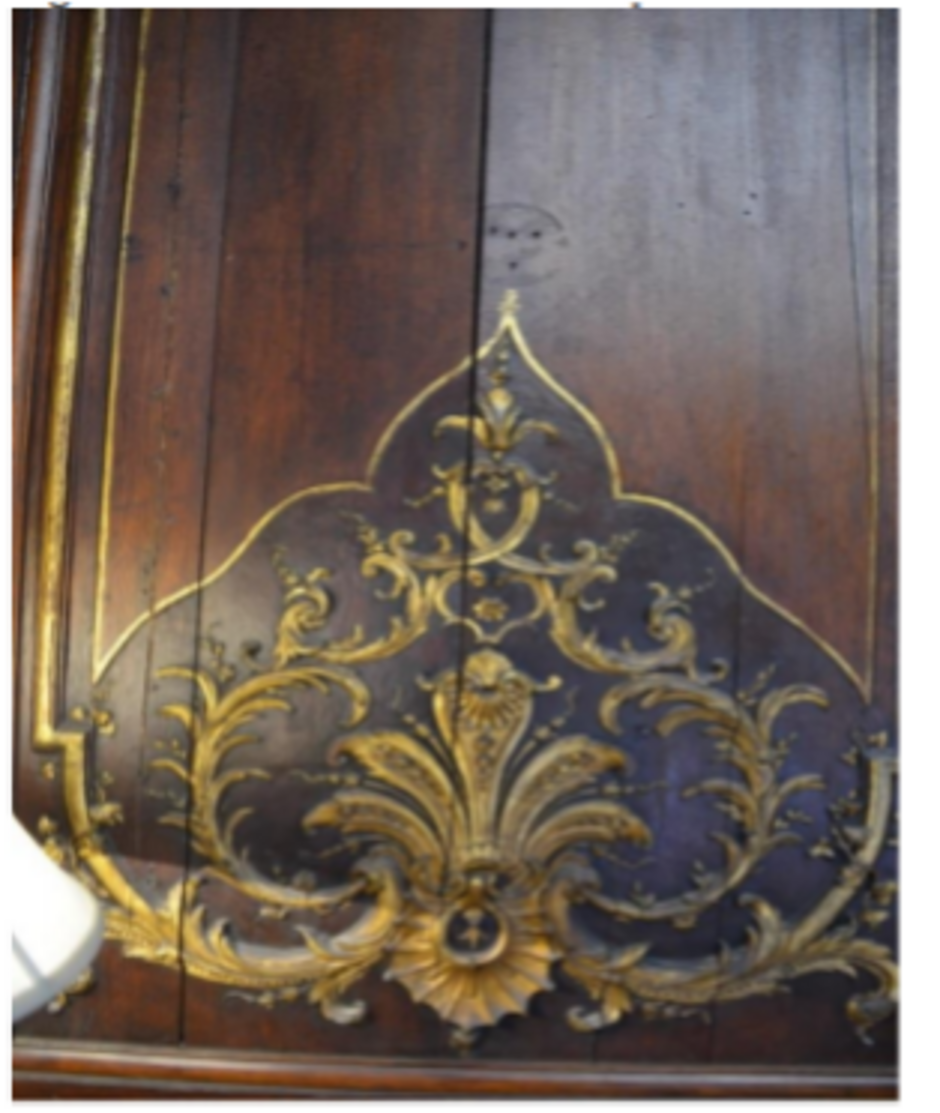
Carved during the remodelling of the Chateau between 1702 and 1713, the panelling from the Grande Cabinet on the first floor of Chateau de Bercy was probably created by a group of craftsmen group of craftsmen including Jules Degoullons, André LeGoupil and Pierre Taupin.
These men worked on Versailles and developed the Rococo style - indeed their journey from Régence to Rococo can be charted in the panelling at Camden Place. The resulting woodwork of the salons were considered among the most remarkable of this period and the quality of their work is clearly evident in the carving of the Camden Place panels.
When the Chateau de Bercy was demolished in 1861 to make way for the railway, there was considerable controversy at this loss of architectural heritage and paintings were commissioned to capture the grandeur of the rooms and details of the subsequent auction were kept as a record.
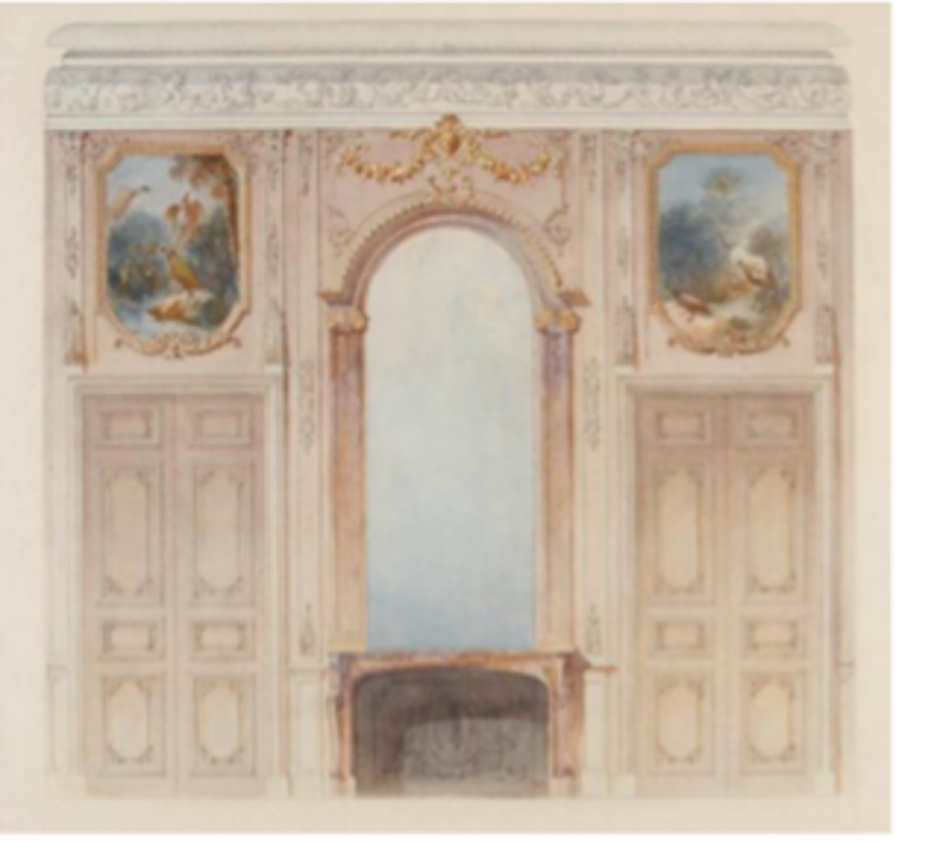
An annotated copy of the auction catalogue in Bibliotèque Nationale record that the panels taken to Camden Place were purchased by the Marquis of Hertford for 12,000 francs. The Empress Eugenie paid three times as much for paneling from another room.
The water colour of the Grande Cabinet, shown above, is by Joseph-Antoine Froelicher.
The Marquis was a close friend of Harriet Howard a long-term mistress of Napoleon’s. Nathaniel Strode was her trustee and would have known the Marquis as well as Napoleon. An avid art collector the Marquis removed 4 of the paintings for his own collection.
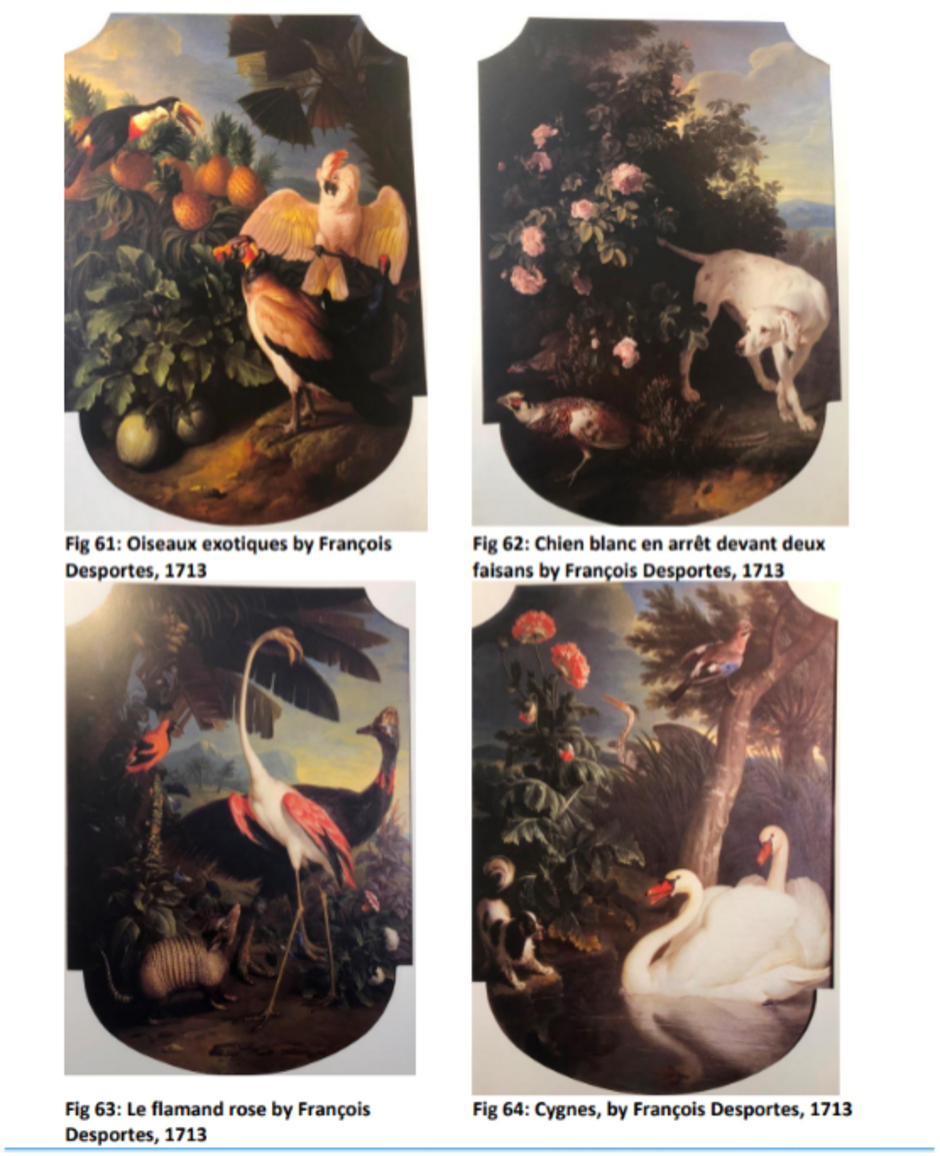
These are now held by the Museum of the Chase in Paris and the panel frames from where they came can be seen as mirrors in the Camden Place Dining Room.
And so the question of how the paneling came to Chislehurst remains – was the purchase of the panneling orchestrated by Napoleon through Strode, preparing a bolt hold in England ‘just in case’ it was ever needed for his family?

